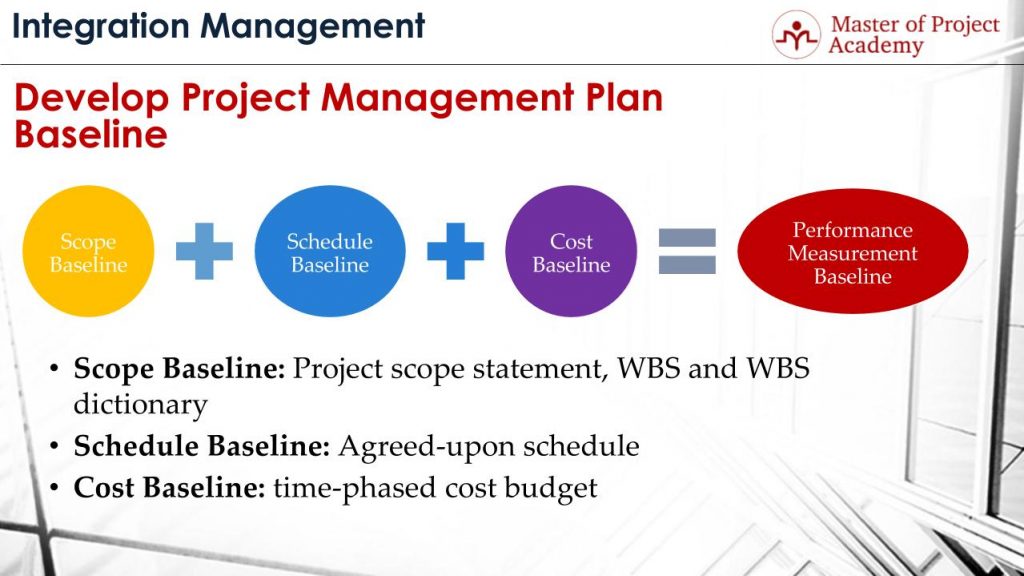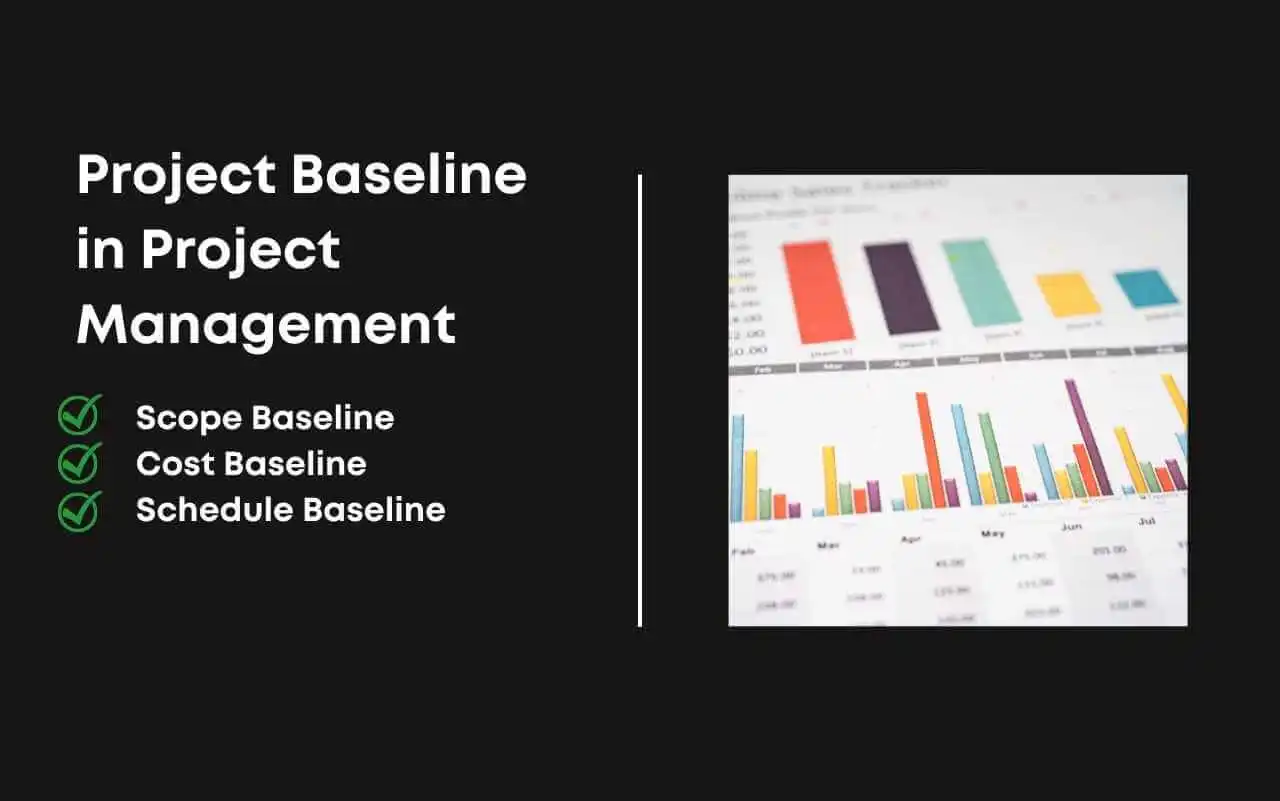
In project management, understanding the concept of a baseline is crucial. A baseline refers to a reference point that is set at the beginning of a project, which serves as a benchmark for measuring progress and comparing actual performance against planned expectations. It provides a clear framework for project managers to track and evaluate the project’s success. By establishing a baseline, you can effectively monitor deviations and make necessary adjustments to ensure the project stays on track. So, let’s dive into the world of baselines and uncover their significance in project management.
What is a Baseline in Project Management
Definition of Baseline
A baseline in project management refers to a reference point, a set of criteria, or a snapshot that serves as a foundation for comparison and evaluation throughout the project lifecycle. It establishes the original plan and provides a benchmark against which project progress and performance can be measured. In essence, a baseline is a comprehensive and detailed documentation of the project scope, schedule, cost, quality standards, resource allocation, risks, and contingencies.
Purpose of Baseline
The primary purpose of a baseline in project management is to provide a solid foundation for project planning, execution, and control. It serves as a blueprint that outlines the project objectives, constraints, and expectations, enabling project managers to monitor progress, measure performance, identify variances, and make informed decisions. A baseline acts as a reference point against which any changes or deviations from the original plan can be assessed, effectively managing project scope, schedule, cost, quality, risks, and resources.
Types of Baselines
In project management, there are several types of baselines that focus on different aspects of a project. These include:
-
Project Baseline: This baseline encompasses the overall scope, schedule, cost, quality, and other key parameters of the project. It serves as the primary reference point for project planning, execution, and control.
-
Schedule Baseline: This baseline specifically focuses on the project schedule, including start and end dates, milestone dates, and the sequence of activities. It provides a clear timeline for project activities and deliverables.
-
Cost Baseline: As the name suggests, this baseline focuses on the project budget, estimating the costs associated with various activities and deliverables. It helps monitor and control project expenses.
-
Scope Baseline: This baseline establishes the project scope, defining the deliverables, requirements, and objectives. It serves as a basis for project planning and ensures that the project remains within its intended boundaries.
-
Quality Baseline: This baseline sets the standards and criteria for quality management throughout the project. It outlines the expectations and specifications to be met and ensures that the project meets the predetermined quality standards.
-
Risk Baseline: This baseline identifies and assesses potential risks and establishes mitigation plans to minimize their impact on the project. It helps in proactively managing risks.
-
Baseline in Agile Project Management: Agile project management follows a different approach, where baselining occurs at the beginning of shorter iterations or sprints rather than the entire project. This allows for greater flexibility and adaptability during project execution.
Components of a Baseline
A comprehensive baseline in project management consists of various components that collectively define the project’s scope, schedule, budget, quality standards, resource allocation, and risks. These components include:
-
Project Scope: This component outlines the project’s objectives, deliverables, requirements, and constraints. It provides a clear understanding of what needs to be achieved.
-
Schedule: The schedule component establishes the sequence of activities, their durations, dependencies, and milestones. It defines the project’s timeline and helps in planning and tracking progress.
-
Budget: The budget component outlines the estimated costs for each activity, resource, and deliverable. It ensures that the project remains within its allocated financial resources.
-
Quality Standards: This component defines the quality expectations, metrics, and criteria for the project. It ensures that the final deliverables meet the desired level of quality.
-
Resource Allocation: Resource allocation component identifies the necessary resources, such as human resources, equipment, and materials, required for executing the project. It ensures that the right resources are available at the right time.
-
Risks and Contingencies: This component identifies potential risks and establishes mitigation plans to minimize their impact. It helps in anticipating and addressing potential issues during project execution.

Defining a Baseline
Establishing a Baseline
To establish a baseline in project management, several key steps need to be followed. These steps include:
-
Identifying Project Scope: Clearly define the objectives, deliverables, requirements, and constraints of the project. This ensures that the baseline accurately reflects the project’s intended outcomes.
-
Developing a Work Breakdown Structure (WBS): Break down the project into smaller, manageable tasks, creating a hierarchical structure of activities. This establishes the foundation for scheduling and resource allocation.
-
Determining Schedule and Milestones: Create a detailed schedule that includes task durations, dependencies, and milestones. This helps in planning and tracking project progress.
-
Estimating Costs: Estimate the costs associated with each activity, resource, and deliverable. This helps in setting the project budget and managing expenses.
-
Defining Quality Standards: Clearly define the quality expectations and criteria for the project. This ensures that the baseline reflects the desired level of quality.
-
Allocating Resources: Identify the necessary resources, both human and non-human, required for executing the project. This helps in ensuring that the right resources are available at the right time.
-
Identifying Risks and Mitigation Plans: Identify potential risks and develop mitigation plans to minimize their impact on the project. This helps in proactively managing risks.
Importance of Defining a Baseline
Defining a baseline in project management is of utmost importance due to the following reasons:
-
Provides a Project Reference Point: A baseline acts as a reference point throughout the project lifecycle, enabling project managers to compare and evaluate progress and performance against the original plan.
-
Sets Project Expectations: By establishing the scope, schedule, cost, quality standards, resource allocation, and risks, a baseline sets clear expectations for all stakeholders involved in the project.
-
Facilitates Communication: A baseline serves as a common language for all project stakeholders, ensuring effective communication and collaboration. It provides a clear understanding of the project’s objectives, constraints, and progress.
-
Enables Performance Tracking: With a baseline in place, project managers can track and measure performance against the original plan. This helps in identifying variances, addressing issues, and ensuring project success.
Baseline Documentation
Baseline documentation plays a vital role in project management as it captures and records the details of the established baseline. It includes the baseline components such as project scope, schedule, budget, quality standards, resource allocation, and risks. The documentation should be comprehensive, accurate, and up-to-date to serve as a reliable reference point throughout the project. Creating baseline documents involves documenting the project plan, its objectives, deliverables, tasks, dependencies, and budget. It also includes any additional documentation related to quality assurance, risk management, and resource allocation. Updating and revising the baseline documentation is crucial whenever there are changes or deviations from the original plan. Version control must be maintained to ensure that all stakeholders have access to the latest version of the baseline documentation.








